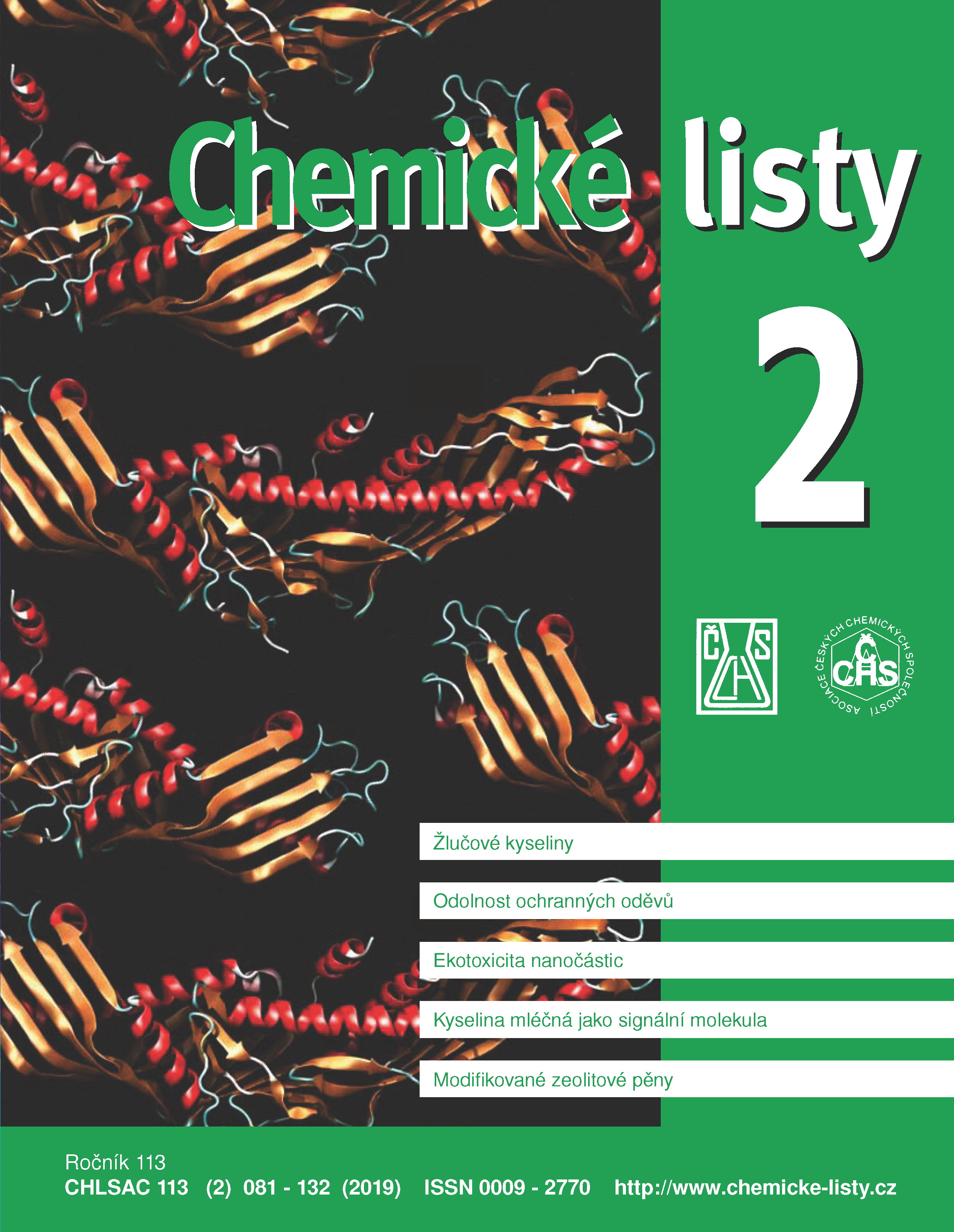Utilisation of Chicken Slaughterhouse Collagen By-Products for Preparation of Gelatines and Hydrolysates
Keywords:
chicken paws, collagen, collagen hydrolysate, enzyme treatment, extraction, gelatine, protein substrateAbstract
The paper presents processing of chicken paws (a solid by-product of poultry processing) into gelatines and collagen hydrolysates. After removing of non-collagenous proteins and fats, the grounded chicken paw protein substrate is processed biotechnologically in two steps. In the first step, the protein substrate is pretreated with proteolytic enzyme Protamex at ambient temperature and neutral pH. After filtration, 2nd grade collagen hydrolysate is obtained. Second step involves the extraction of gelatine or 1st grade collagen hydrolysate from swelled protein substrate with hot water. The effect of selected processing parameters (addition of enzyme, extraction temperature and extraction time) on the degree of conversion (expressed as conversion of chicken paw collagen protein into collagen hydrolysate and gelatine) and quality of prepared gelatines/hydrolysates were studied by two-level factorial experiments. Applying biotechnological process, by proper combination of added protease, extraction time and temperature, high quality gelatines (170 Bloom gel strength value, ash content less than 1.5 %) with the degree of conversion up to 33 % or quality 1st grade collagen hydrolysates (ash content less than 1.5 %) with the degree of conversion up to 55 % were prepared. The products prepared are suitable for food, pharmaceutical, photography and cosmetics applications. 2nd grade collagen hydrolysate can be used as a feed supplement for livestock or as a growth stimulator in agriculture. The advantages of the presented technology are above all mild reaction conditions (neutral pH and process runs under atmospheric pressure).





